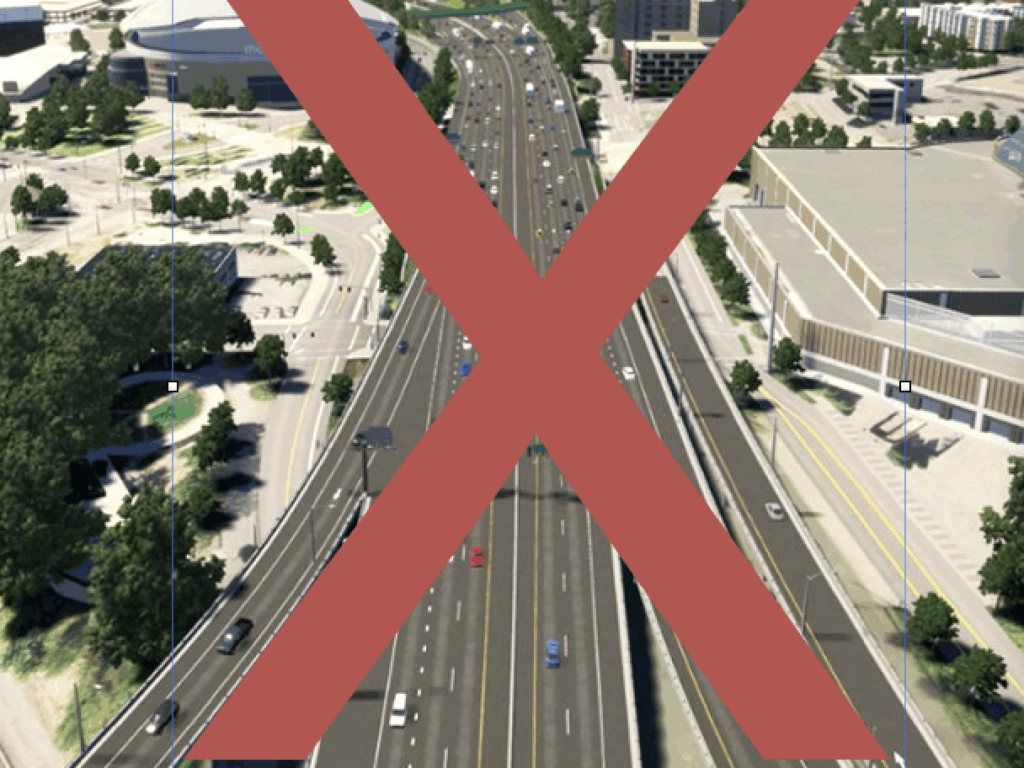The Week Observed, July 11, 2025
What City Observatory Did This Week Oregon’s transportation agency has driven itself into a fiscal brick wall of its own making. After the Legislature rejected a $14 billion transportation package, ODOT announced hundreds of layoffs
The Week Observed, July 11, 2025 Read Post »

